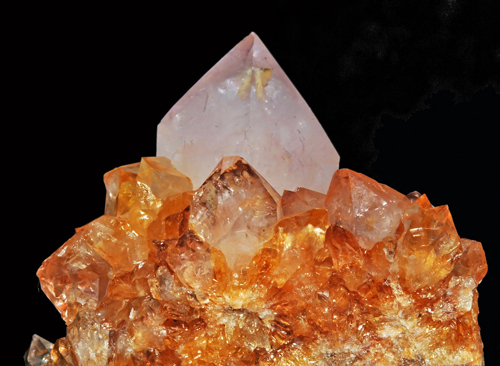Raw uncut gemstones are cherished for their pure, untouched energy and natural, earthy beauty that connects you directly to the Earth’s original power. Unlike polished stones, these rough crystals keep their organic shapes and inclusions, which many believe amplify their healing properties and spiritual vibration. Popular searches like “raw uncut gemstones for healing” and “natural crystal energy” show how much people value this authentic form. Whether it’s a rugged raw star sapphire, uncut quartz, or rough amethyst, these stones are ideal for meditation, chakra work, or unique jewelry. Embracing raw gemstones means welcoming imperfection, deeper meaning, and nature’s beauty into your daily life.
there is beauty that unrefined and
Uncut, Rough, and Raw Gemstones: A Complete Guide to Their Beauty and Benefits
In this comprehensive guide, we’ll delve into the fascinating world of uncut gemstones, rough stones, and raw crystals. Learn about their defining characteristics, explore the diverse types of gemstones available, discover their wide range of uses, and understand the incredible benefits they offer. Whether you’re a seasoned gemstone enthusiast or someone enchanted by the raw beauty of nature, this guide will inspire and inform your journey into the realm of natural rough gemstones.
What Are Uncut Gemstones, Rough Gemstones, and Raw Gemstones?
Uncut, rough, and raw gemstones are stones that have been mined in their natural state, Uncut gemstones, rough gemstones, and raw gemstones are nature’s treasures in their most authentic form, untouched by cutting, shaping, or polishing. These stones are mined and preserved in their natural state, showcasing an earthy charm with jagged edges, irregular surfaces, and textured formations. Unlike the highly polished, faceted gems commonly seen in jewelry, uncut stones reveal the unaltered beauty of nature, offering a unique appeal that captivates enthusiasts and collectors alike.
Uncut Gemstones
Uncut gemstones are stones that have not been shaped, faceted, or polished to enhance their brilliance or sparkle. They retain their original, raw edges and unique crystal formations, making them especially appealing to collectors, gemstone enthusiasts, and those drawn to the natural aesthetics of unaltered gems. These stones are often prized for their originality and organic charm, standing out as one-of-a-kind pieces.
Rough Gemstones
Rough gemstones may have undergone basic cleaning after mining but remain in their original, unprocessed state. These stones are favored by artisans and jewelers for creating rustic, unpolished jewelry designs that celebrate the natural beauty of gemstones. Some rough gems are later processed into faceted or polished stones, but many retain their raw appearance, making them versatile for both creative and metaphysical purposes.
Raw Gemstones
Raw gemstones are completely untouched after being mined, maintaining their unprocessed, pure form. Often used in healing practices and metaphysical applications, these stones are believed to possess “untapped” energy due to their natural state. Their untouched quality makes them highly desirable for those seeking authenticity and spiritual connection.
Why Choose Uncut Gemstones, Rough Gemstones, and Raw Gemstones?
More people choose uncut gemstones, rough gemstones, and raw crystals for their natural shapes, textures, and earthy energy. These stones keep their pure vibration and work well for chakra healing, spiritual growth, and grounding rituals. Raw gemstones often carry stronger energy because they stay unaltered by cutting or polishing. Popular searches like “benefits of rough gemstones” and “why choose raw crystals” show this growing interest. From rough star sapphires to uncut quartz clusters, these gems connect you directly with nature’s power. They add rustic, authentic beauty to modern jewelry, making every piece unique and meaningful.
The Beauty of Uncut Gemstones, Rough Gemstones, and Raw Gemstones in Jewelry
Incorporating uncut gemstones, rough gemstones, and raw gemstones into jewelry has become a captivating trend, celebrated for its natural elegance and unique aesthetic. Unlike traditional polished gemstones, these unrefined stones bring an earthy, rustic appeal that resonates with those seeking one-of-a-kind pieces. Whether adorning rings, necklaces, or earrings, raw gemstones offer an irresistible charm that connects the wearer to the beauty of nature.
Popular Raw Gemstones for Jewelry:
- Emerald: Uncut emeralds are prized for their deep green hues, often adorned with natural inclusions that enhance their raw and organic appeal. These stones make stunning statement pieces in their untouched form.
- Amethyst: Rough amethyst features a vibrant violet hue and jagged edges, perfect for crafting striking pendants or unique jewelry designs.
- Tourmaline: Raw tourmaline crystals stand out for their remarkable range of colors. Their unpolished vibrancy brings a bold, distinctive look to jewelry, making them a popular choice for creative and modern designs.
Using uncut gemstones, rough gemstones, or raw gemstones in jewelry is not just a fashion statement but a way to celebrate the authenticity and originality of these natural treasures.
Healing Benefits of Raw Uncut Gemstones: Unlock Nature’s Pure Energy
Raw uncut gemstones hold a unique place in the world of crystal healing because they preserve the pure, untouched energy of Mother Earth. Unlike polished stones, these natural crystals remain unaltered, allowing their vibrational frequencies to stay strong and authentic. Many people believe that raw gemstones amplify healing intentions, promote deeper grounding, and connect you more directly to the planet’s life force. Popular searches like “healing benefits of rough gemstones” and “raw crystal energy” highlight this growing trend. Whether you’re working with raw quartz, uncut amethyst, or rough star sapphires, these stones are ideal for meditation, chakra balancing, and spiritual growth. Embracing unpolished gems helps you tap into their purest form of energy, bringing clarity, protection, and transformation into your life.
Types of Uncut Gemstones, Rough Gemstones, and Raw Gemstones: A Detailed Guide
Uncut, rough, and raw gemstones offer a distinct charm and energy that polished and faceted stones cannot match. These natural stones retain their original form, allowing their true beauty and metaphysical properties to shine through. Whether you’re a gemstone collector, spiritual practitioner, or jewelry maker, understanding the various types of uncut gemstones, rough gemstones, and raw gemstones can enhance your appreciation for these unique treasures. Below, we explore the most popular types of uncut gemstones and their uses.
Raw Quartz Crystal
Raw quartz is one of the most abundant minerals found in nature. This uncut gemstone is prized for its incredible clarity and healing properties. Known as the “Master Healer,” raw quartz is often used to amplify the energies of other crystals and stones. It is highly sought after in metaphysical practices due to its ability to enhance spiritual growth and mental clarity. Its versatility makes it suitable for both beginners and experienced practitioners in energy healing.
Healing Properties: Raw quartz is believed to balance the body’s energy field, helping to remove negative energy and clear blockages in the chakras. It is also used for emotional healing and is often paired with other stones to enhance their healing effects.
Rough Turquoise
Rough turquoise is a striking raw gemstone known for its vibrant blue-green hues. This uncut gemstone has been revered for thousands of years for its protective and healing properties. In various cultures, turquoise is believed to shield the wearer from negative energies and promote emotional well-being. It is often used in meditation practices to enhance communication and stimulate personal growth.
Healing Properties: Rough turquoise is thought to support chakra balancing, particularly the throat chakra, making it an excellent stone for self-expression. It is also used to foster spiritual connections and promote inner peace.
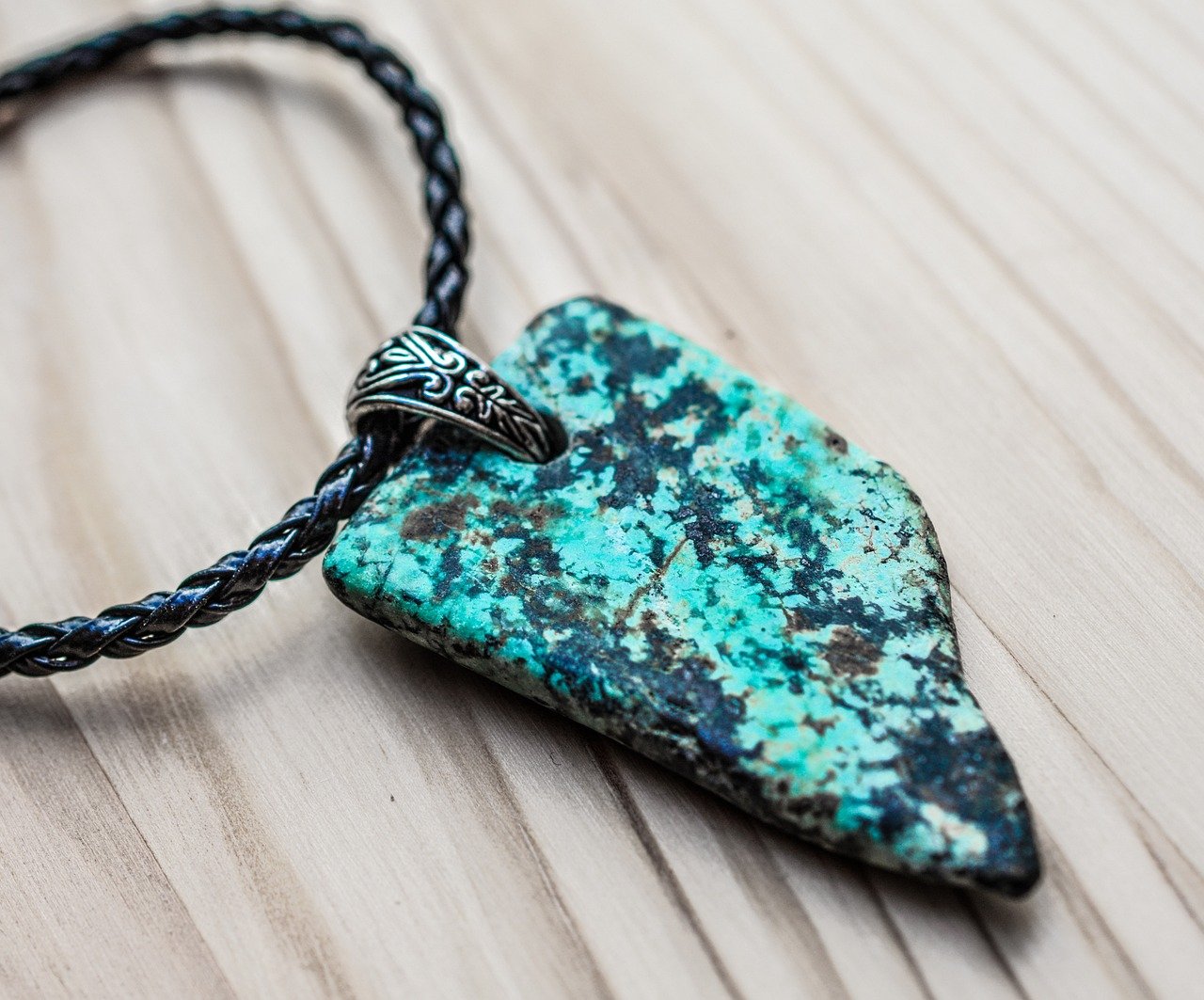
Raw Garnet
Raw garnet is a rough gemstone known for its deep red color and intense energy. This powerful stone is often associated with grounding practices and emotional healing. Garnet is believed to help restore balance, foster vitality, and support mental clarity. Its fiery energy makes it a popular choice for individuals seeking to boost motivation, creativity, and courage.
Healing Properties: Rough garnet is commonly used to strengthen the root chakra, providing a sense of stability and grounding. It also enhances the flow of energy through the body, making it ideal for clearing emotional blockages and promoting physical healing.
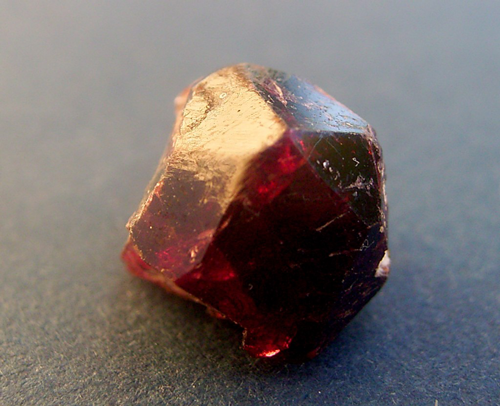
Uncut Sapphire
Raw sapphires retain their rich blue hues and are prized for their beauty and metaphysical properties. These uncut gemstones are traditionally associated with wisdom, truth, and spiritual insight. Uncut sapphires are often used in meditation to deepen spiritual connections and stimulate inner peace.
Healing Properties: Raw sapphires are believed to promote mental clarity, helping to clear the mind of distractions. They are also thought to aid in emotional healing, particularly in overcoming past trauma or unresolved emotions. Sapphires are often used to stimulate the throat chakra and enhance communication skills.
Aquamarine Rough
Aquamarine rough is a stunning raw gemstone prized for its calming blue hues, which resemble the tranquil waters of the sea. This stone is often used to promote emotional healing and stress relief. Raw aquamarine is believed to bring inner peace and harmony, making it a popular choice for those seeking balance in their lives.
Healing Properties: Aquamarine is commonly used to promote clarity of thought and emotional calmness. It is also known for its ability to improve communication and self-expression, making it ideal for those who struggle to articulate their thoughts and feelings.
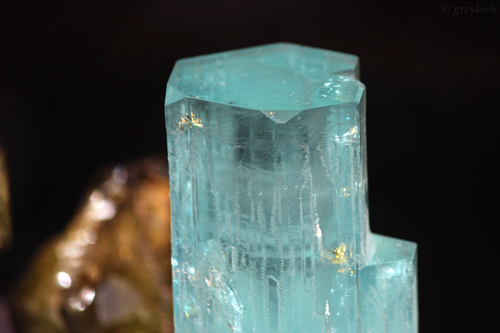
Uncut Amethyst
Uncut amethyst is cherished for its calming purple hue and its powerful connection to spiritual growth and intuition. Left raw, its jagged points and clusters create a stunning natural display. Many people keep rough amethyst near their bedside or altar to encourage restful sleep and emotional balance. It’s also perfect for chakra work and energy cleansing.

Raw Star Sapphires
Raw star sapphires are prized for their natural asterism the star-shaped light effect visible even before cutting. These unique rough gemstones are associated with wisdom, protection, and mental clarity. Collectors love their earthy, rugged look that makes each piece one-of-a-kind. They’re often used in spiritual jewelry and healing rituals.
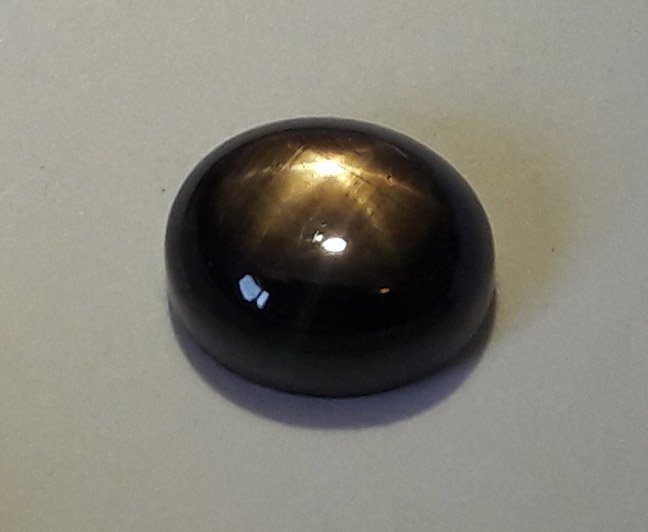
Rough Black Tourmaline
Rough black tourmaline is a powerful stone for grounding and protecting against negative energy. Its raw texture feels earthy and solid, making it a favorite for placing near doors or workspaces. Many crystal lovers keep rough black tourmaline in pockets or bags for daily energetic shielding. Its protective vibration stays strong in its natural state.
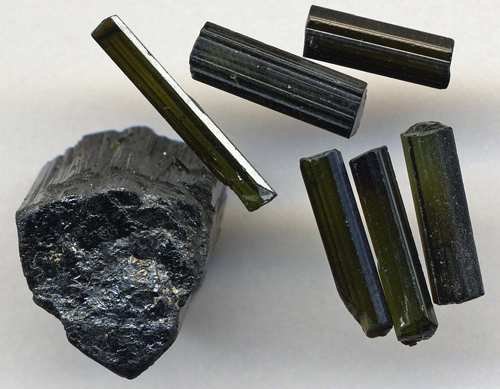
Raw Rose Quartz
Raw rose quartz is known as the stone of unconditional love and emotional healing. In its uncut form, it carries a soft pink hue with beautiful natural edges. Many people keep rough rose quartz in the bedroom or use it during meditation to open the heart chakra. Its raw texture adds a gentle, nurturing vibe to any sacred space.
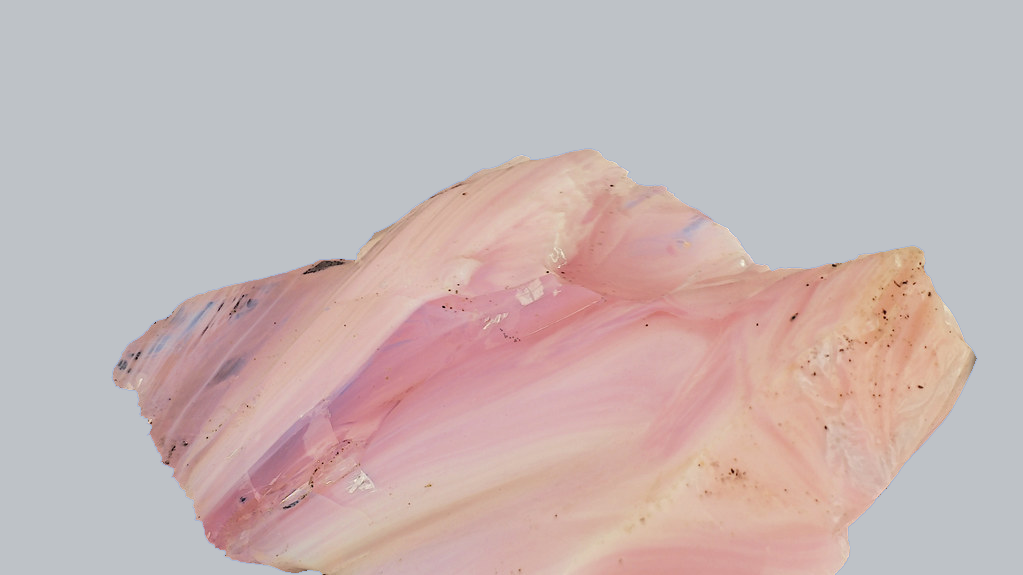
Rough Citrine
Rough citrine radiates vibrant energy for abundance, confidence, and joy. Unlike heat-treated versions, natural uncut citrine holds a smoky golden color that feels deeply connected to the earth. It’s popular for manifesting prosperity and clearing stagnant energy. Keeping a piece of rough citrine near your wallet or workspace attracts success.
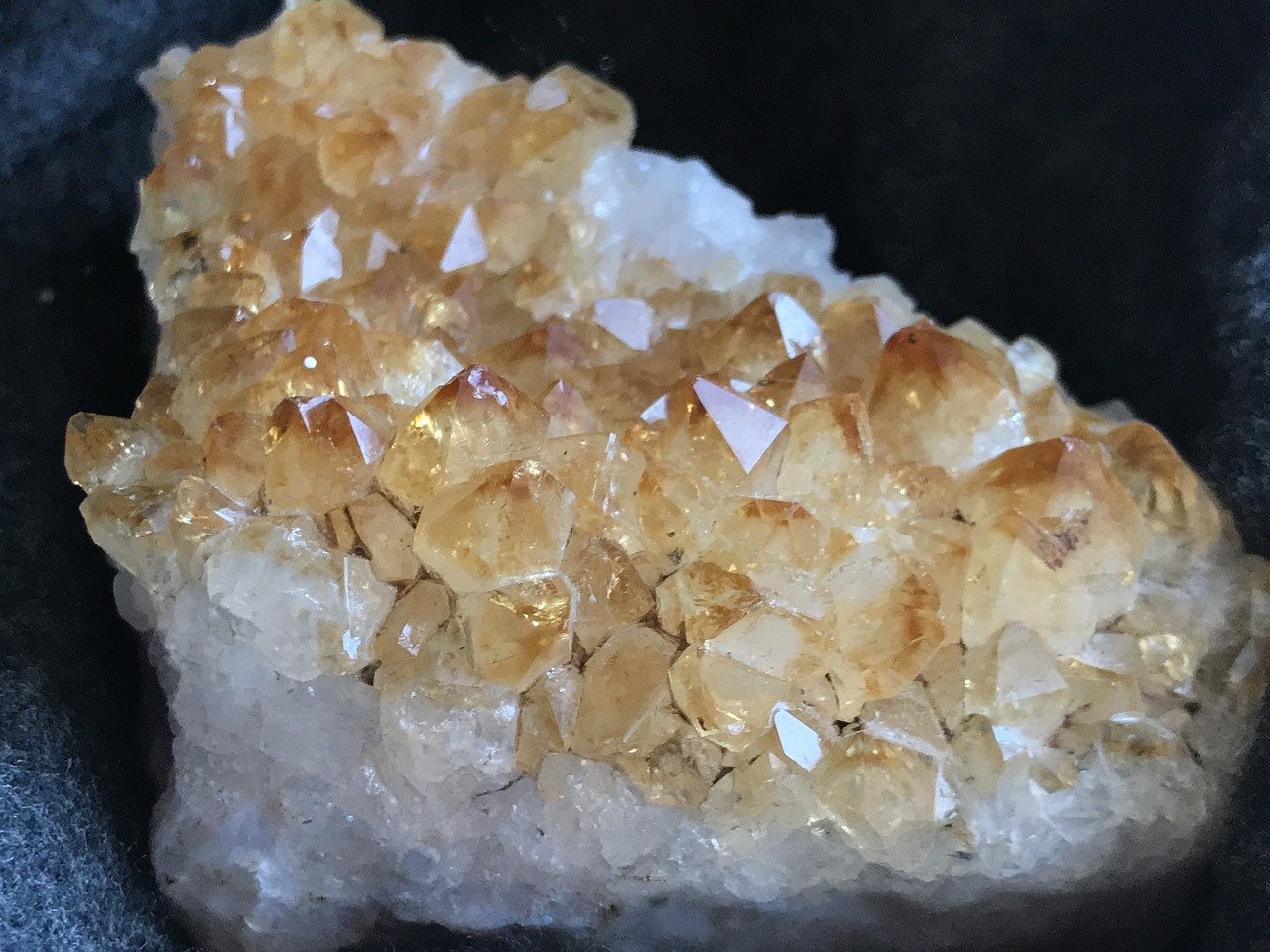
Raw Fluorite
Raw fluorite is admired for its vivid colors from greens and purples to blues and its clarity in crystal clusters. In its rough form, fluorite supports focus, mental clarity, and spiritual detox. Many people place raw fluorite on their desks or study areas to clear mind fog. Its natural shape and colors make it a stunning collector’s stone.

Quartz:
Raw quartz is one of the most popular uncut gemstones, known for its clarity and strong energy amplification. In its rough form, it often appears milky or clear with beautiful natural points and inclusions. Many people use raw quartz for meditation, energy grids, and manifesting intentions. It’s a must-have for any beginner’s crystal collection.
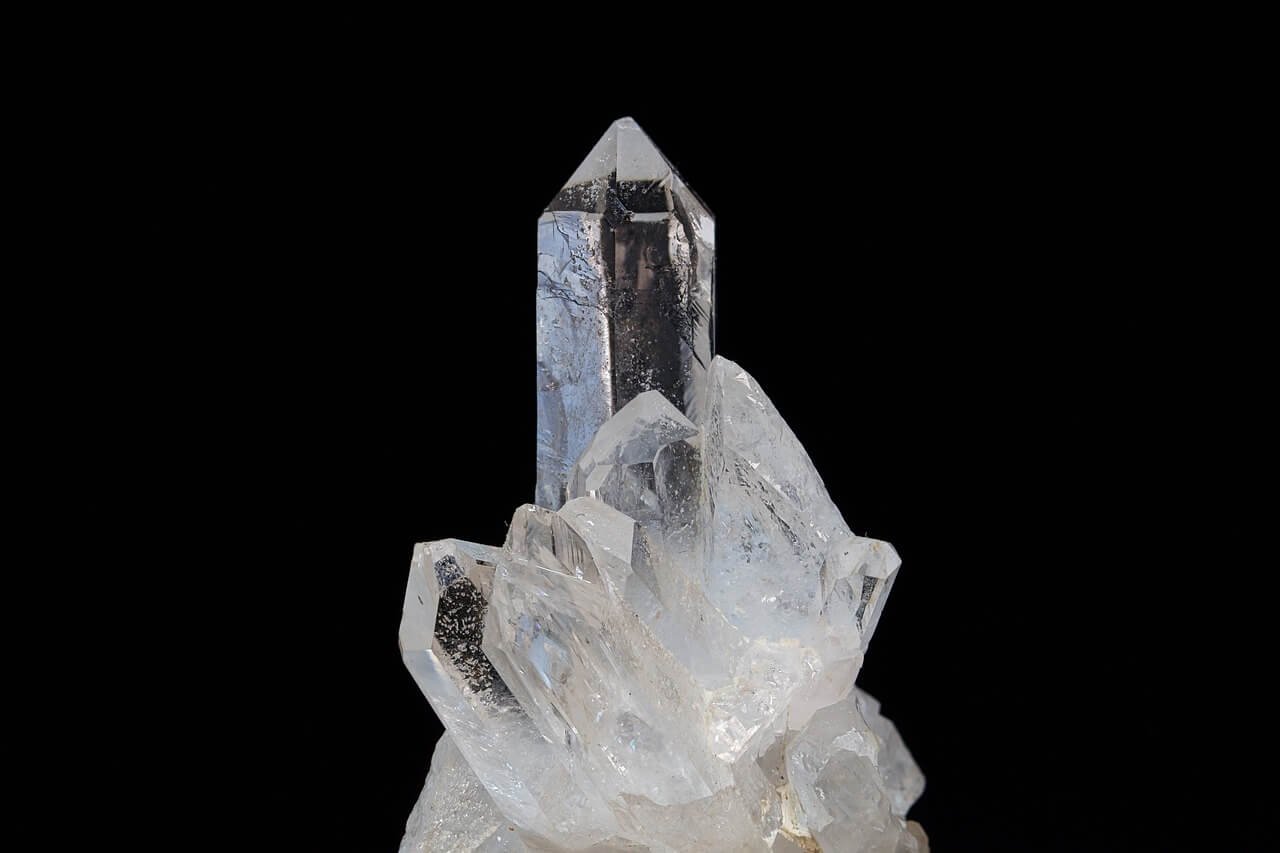
How to Use Uncut and Raw Gemstones in Daily Life: Practical Tips for Everyday Energy
Working with uncut and raw gemstones is a powerful way to bring natural crystal energy into your daily life. Many people carry raw gemstones like rough quartz, uncut amethyst, or raw star sapphires in a pocket or purse for protection and clarity throughout the day. Larger raw crystals can be placed in your workspace or home to create a calming, positive environment. Meditating with raw uncut stones deepens spiritual connection and supports chakra alignment. Searches for “how to use raw gemstones” and “daily benefits of raw crystals” show a growing interest in living in tune with nature’s energy. Whether you wear them in jewelry or keep them on your altar, these unpolished gems serve as daily reminders of Earth’s pure, grounding power.
Uncut Gemstones: A Beginner’s Guide to Raw Beauty and Natural Energy
Uncut gemstones, also known as raw or rough stones, are crystals in their purest, untouched state, cherished for their natural beauty and potent healing energy. Unlike polished gems, these stones keep their unique textures and earthy shapes, making them powerful tools for spiritual work, meditation, and chakra balancing. Many crystal enthusiasts believe that uncut gemstones amplify energy more strongly because they stay close to their natural origin. Popular search terms like “beginner’s guide to raw gemstones,” “how to use uncut crystals,” and “benefits of raw stones” show growing interest in authentic crystal practices. Whether you’re drawn to raw quartz, uncut star sapphires, or rough amethyst, these gems remind us that true beauty and healing lie in nature’s perfect imperfections.
Exploring the World of Uncut Gemstones: Types and Characteristics
The realm of uncut gemstones is rich with diversity, offering a wide range of natural beauties, each with unique characteristics. From diamonds to emeralds, rubies, sapphires, tourmalines, aquamarines, garnets, topazes, and quartz, uncut gemstones come in various forms and colors. Understanding these stones’ natural shapes, hues, and textures enhances your appreciation of their intrinsic value and beauty.
Raw Uncut vs. Cut Gemstones: Understanding the Differences and Benefits
When comparing uncut vs. cut gemstones, the difference comes down to appearance, energy, and purpose. Uncut gemstones, also called raw or rough crystals, stay in their natural state, so they hold pure energy and earthy textures. People love raw stones for spiritual healing, chakra work, and grounding. On the other hand, cut gemstones are shaped and polished for maximum sparkle and clarity, making them perfect for fine jewelry like rings and necklaces. Many people search “raw vs. polished gemstone benefits” and “raw vs. cut crystal energy” to find what fits best. Both offer something special: raw stones deepen your earth connection, while cut gems shine for daily wear.

The Unique Appeal of Uncut Gemstones in Modern Design
Uncut gemstones are making a bold comeback in modern jewelry design for their raw, organic beauty and earthy vibe. Unlike polished stones, these rough crystals highlight nature’s true shapes and textures. Their unique flaws add character that designers and collectors love for their authenticity. Many people search “raw gemstone jewelry trends” and “modern designs with uncut stones” to find one-of-a-kind pieces. From uncut star sapphires to rough quartz pendants, these gems stand out in any collection. Designers often use minimalist metal settings to let the stone’s natural character shine. This blend of raw beauty and modern style makes uncut gemstones perfect for jewelry that feels personal and deeply connected to the Earth.
Why Collect Uncut Gemstones? Discover Their Natural Value and Power
Many crystal lovers and gem collectors love uncut gemstones for their raw, untouched energy and natural beauty. Unlike polished stones, rough gems keep their original shape, texture, and earthy power. This makes them perfect for healing, meditation, and spiritual grounding. Searches like “benefits of raw gemstones” and “why collect uncut crystals” keep growing. More people now value authentic, nature-born stones. Collectors believe raw stones like a rough star sapphire, raw quartz, or uncut emerald hold stronger vibrational frequencies. These gems feel rare and deeply connected to Earth’s natural cycles. Building a collection of uncut gemstones is more than a hobby. It’s a way to honor raw power and the unique story each stone carries.
Crystal Clusters: Nature’s Intricate Creations and Energy Amplifiers
Crystal clusters are stunning formations where many crystal points grow together on a single base. These natural pieces showcase Mother Earth’s intricate artistry. Crystal clusters are prized for radiating energy in all directions. This makes them powerful for cleansing, recharging, and amplifying intentions. Popular searches like “what are crystal clusters”, “benefits of crystal clusters”, and “crystal cluster energy” keep rising. People love them for home altars, meditation spaces, and feng shui. You might choose a vibrant amethyst cluster, a luminous clear quartz cluster, or a rare citrine cluster. These raw gems infuse any space with high-vibration energy. Collectors and healers value them for their beauty and their power to uplift any environment.
How to Identify Quality in Uncut Gemstones: Key Signs to Look For
Knowing how to identify quality uncut gemstones is important for collectors, healers, or jewelry makers. Unlike polished stones, raw gemstones vary in clarity, color, and structure. Spotting genuine quality helps you invest wisely and avoid fakes. Look for rich, even color, clear crystal shapes, and minimal cracks or chips. Searches like “how to choose raw gemstones” and “signs of real uncut stones” show people want authenticity. For example, a good uncut star sapphire shows a visible asterism under direct light. Learn these simple checks to pick stones with strong energy and natural beauty for your spiritual or collection needs.
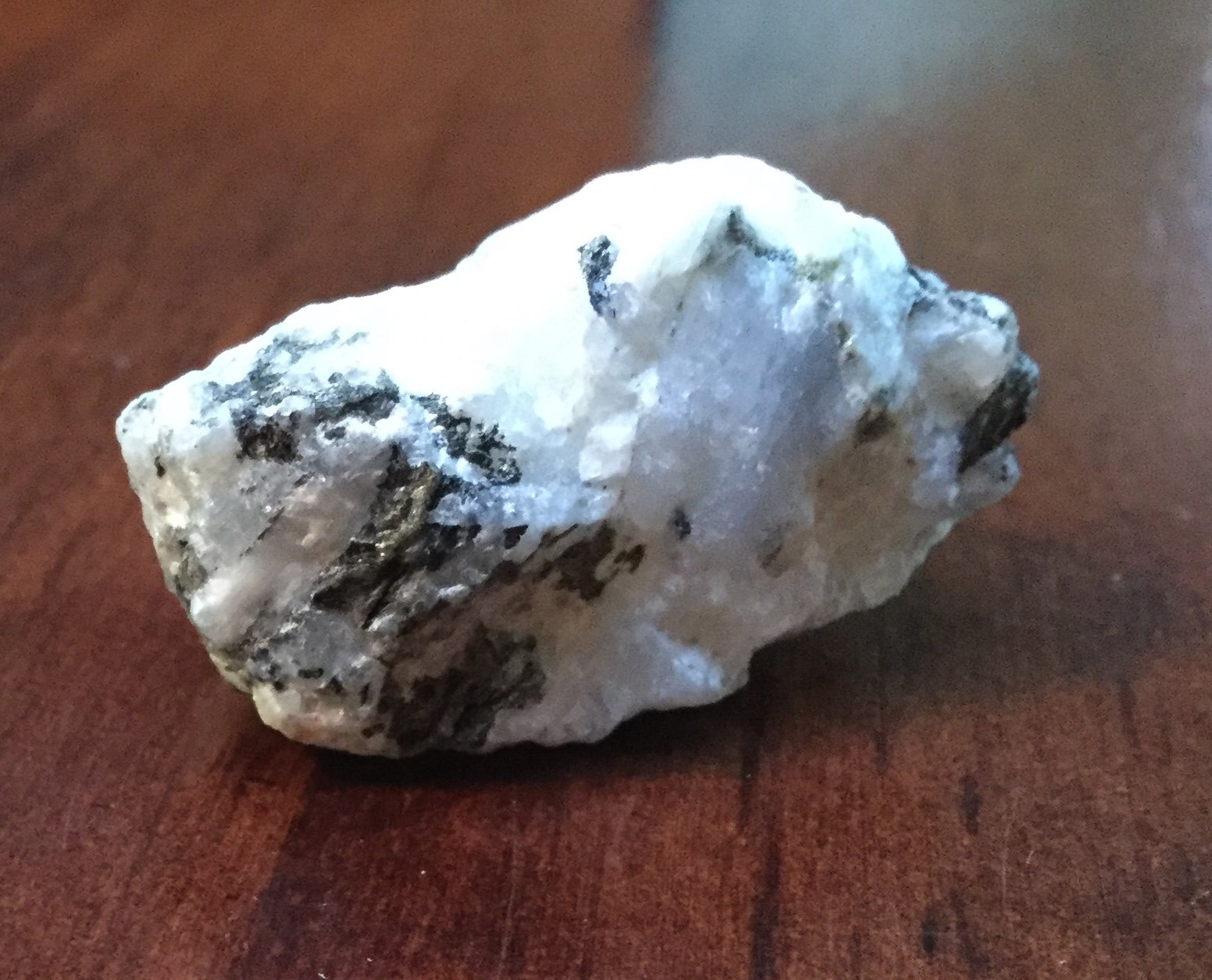
The Healing Properties of Uncut Gemstones: Myth or Reality?
For centuries, people have believed in the healing properties of uncut gemstones, claiming that their raw, untouched state holds more potent energy than polished stones. Supporters say that uncut crystals like raw quartz, rough amethyst, or uncut star sapphires maintain their natural vibrations, making them powerful for chakra balancing, energy clearing, and spiritual protection. On the other hand, skeptics argue these benefits are more symbolic than scientific, sparking debates seen in popular searches like “do raw gemstones really heal?” and “myth vs. reality crystal healing.” Whether fact or faith, millions cherish the practice for the sense of grounding, intention-setting, and mindful connection it brings. Ultimately, the power of uncut gemstones may lie as much in belief and ritual as in the stone itself — and for many, that’s healing enough.
Cleaning Uncut Gemstones: Keep Your Raw Crystals Energetically Clear
Properly cleaning uncut gemstones is essential to maintain their natural energy and keep them looking vibrant. Unlike polished stones, raw crystals often have delicate textures and natural crevices that require gentle care. Most people use simple methods like rinsing with lukewarm water, brushing softly with a natural-bristle brush, or using a mild saltwater bath always checking the stone’s hardness first. Popular searches like “how to clean raw gemstones” and “best way to cleanse rough crystals” show that crystal lovers want safe, effective techniques. For deeper energetic cleansing, many prefer smudging with sage, sound baths, or placing stones under moonlight. Regular cleaning not only keeps your uncut gems physically clear but also restores their vibrational power for healing, meditation, and spiritual work.
FAQs About Uncut, Rough, and Raw Gemstones
Uncut gemstones are natural stones that haven’t been shaped or polished. They keep their raw, earthy look.
It depends! Raw stones keep natural energy, while polished gems shine brighter in jewelry. Both have unique benefits.
Place rough gemstones near your chakras, carry them daily, or keep them in your space to balance energy.
Yes! Many people love rough crystal jewelry for its raw beauty and stronger connection to Earth’s energy.
Many believe raw stones hold purer vibrations because they remain untouched by cutting and polishing.
Rinse them gently with lukewarm water and pat dry. Avoid harsh chemicals that could damage natural textures.
Look for rich color, solid structure, and minimal cracks. Trust your intuition when picking raw stones.
Yes! Some raw gems, like uncut diamonds or rough star sapphires, can be valuable for collectors and healers.
Buy from trusted crystal shops or reputable online stores that offer genuine, ethically sourced rough stones.
Try clear quartz, amethyst, or black tourmaline. These stones are easy to find and great for daily energy work.
Conclusion
Uncut, rough, and raw gemstones connect you to Earth’s pure beauty and natural energy. Many people love their raw, untouched look. These stones attract collectors and healers alike for their spiritual and aesthetic value. Use them to deepen meditation or make unique, earthy jewelry pieces. Unlike polished gems, they keep their natural texture and powerful vibration. Their authentic form feels real and grounded. Raw stones are perfect for anyone wanting something special and meaningful from the crystal world.
